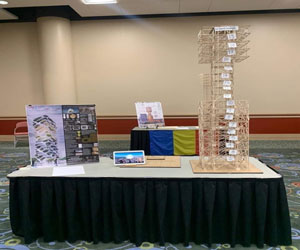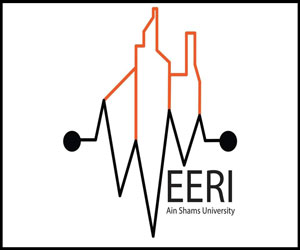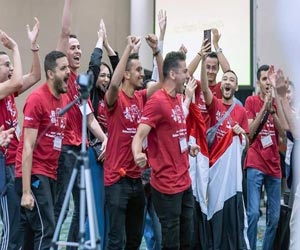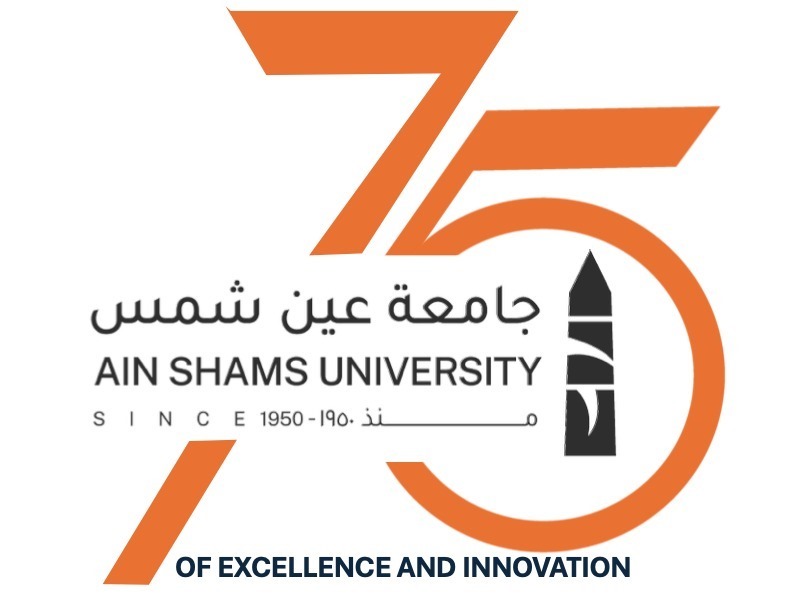The Council of the Faculty of Engineering honors the Faculty student team that ranked tenth at the level of the annual earthquake competition
Prof. Dr. Omar Muhammad Al-Husseini, Dean of the Faculty of Engineering, honored the Faculty team of students and supervisors, who won the tenth place at the level of the annual earthquake competition (SDC) affiliated to the Earthquake Research Center in the United States of America (EERI) during the activities of the Faculty Council.
The Global Seismic Design Competition (SDC) of the International Seismic Organization (EERI) is held annually in one of the US states located in the earthquake belt, to design buildings capable of withstanding this natural disaster, and to enhance their ability to be sustainable and resilient.
The competition aims to teach students to design a practical project and build a multi-storey structure that is resistant to earthquakes. It also aims to encourage the study of earthquake engineering among university students, and provide an opportunity for Bachelor students in cost-effective design and seismic load resistance and encourage international participation in such activities.
 |
 |
 |
||
The participating teams were evaluated in terms of structural design, architectural design, final annual building income (FABI), predicting building behavior under the influence of earthquakes (APS), annual seismic cost (FASC) and communication score, which is divided into (presentation, poster and proposal).
This year, 40 universities from different countries of the world participated in the competition, and Ain Shams University students were able to win seventh place in terms of architectural design, seventh place in predicting the behavior of the building under the influence of earthquakes, and tenth place in the competition, and this is the first time in the Arab world that the University College of Engineering team achieves Ain Shams this center.
The engineering team of Ain Shams University, which consisted of 27 students studying in the third and fourth year of the faculty and from the civil and architecture departments, participated after skipping two stages: the first is to design a building that has the ability to resist earthquakes and present it to members of the competition committee from university professors before traveling to the United States, The second is after the offer is accepted and approved, and the design is implemented using a specific type of wood and tested by placing it on a device, exposing it to vibration, and measuring its ability to withstand.


.svg)




